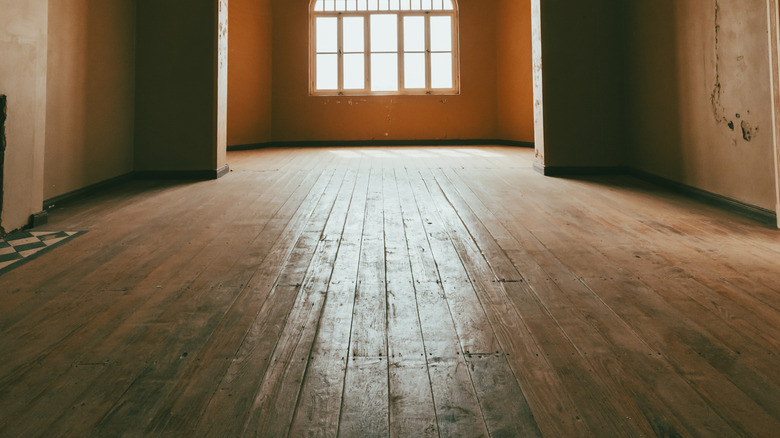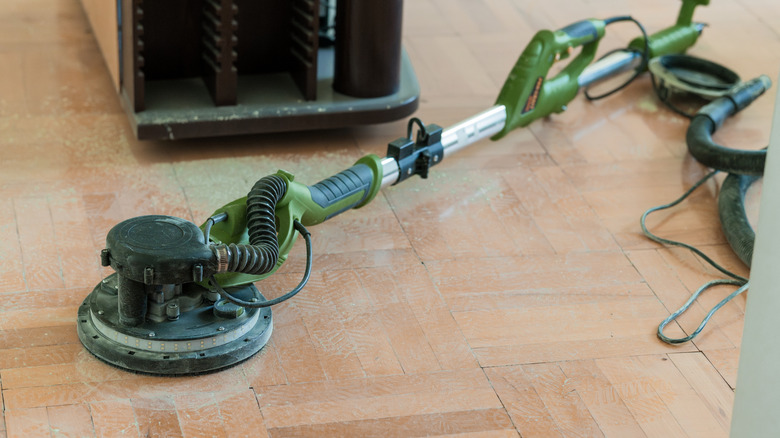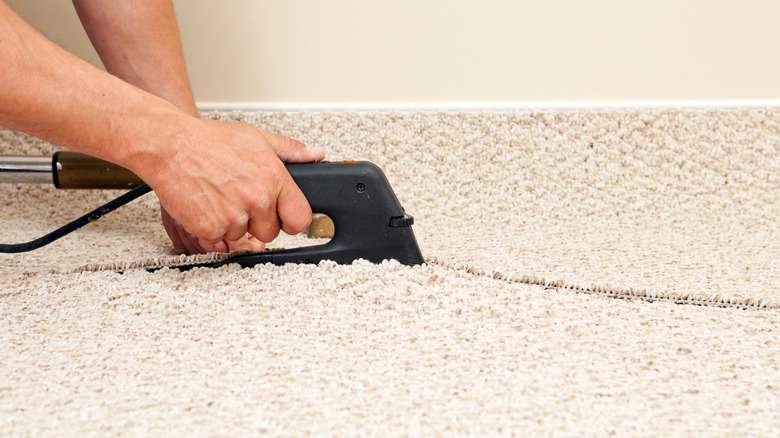Should You Keep The Original Vintage Hardwood Floor In Your Home?
Vintage hardwood floors carry a charm that can add warmth and character to a home. The natural grain patterns, slight imperfections, and gently weathered surface tell the stories of decades, or even centuries, that have passed. The unique blend of beauty and history makes a home's original hardwood flooring a cherished feature in many homes. Older hardwood floors, though, are prone to squeaks and gaps due to years of wear and shifting. They also require more maintenance, such as repairs and refinishing, than newly installed hardwoods or their faux wood laminate counterparts. If you have vintage hardwood floors in your home and are trying to decide whether to keep them or replace them with something more modern, it's a good idea to inform yourself on the pros and cons of holding on to the original flooring. At the top of the list of things to consider are your home's resale value, the cost and time investment of maintaining your old hardwoods, and your desired aesthetic.
Since hardwood floors can last a long time, sometimes over 100 years, it's a big decision for homeowners to consider whether they stay or go. After all, the cost of removing and replacing flooring can be significant. It's essential to consider both the advantages and disadvantages of keeping your home's original wood floors, however, unless your vintage hardwoods are irreversibly damaged, keeping them will almost always offer a better return on investment.
The pros and cons of keeping your home's vintage wood flooring
The first benefit of keeping your home's original hardwoods is that it can enhance your home's resale value and buyer appeal. Another benefit of keeping the floors is that they can be refinished multiple times. So, if you are considering removing your hardwoods due to imperfections, it's essential to know that you can simply have them refinished instead. Refinishing hardwoods costs a fraction of the price of installing new wood flooring. Additionally, if you dislike your floor's current shade, it can be restained to a different color. If your hardwoods have only light damage, resurfacing them is another option that can make your floors look like new, saving you even more money since no sanding is involved. If you remove your vintage hardwoods and replace them with another flooring type, like laminate, you lose the option to breathe new life into your flooring through refinishing. Finally, hardwoods are neutral, allowing you to change your decor style without worrying about your floors, and they never go out of style.
Everything has downsides, though, including vintage hardwood floors. First, it's simply not everyone's preferred aesthetic. Second, hardwoods require regular maintenance and need to be protected with furniture pads to prevent scratches caused by moving furniture. Also, not all vintage wood flooring is worth saving. If your floorboards creak under your feet as you walk or if numerous nails are visible, you should consider replacing at least part of your flooring.
How to change your flooring and still keep your original hardwoods
If you have decided that you want to keep your home's original hardwood floors but you still want something different for your floor, you have options. The first option is to install carpet over your hardwoods. There is a variety of carpeting types, each with its own appeal, ranging from durable nylon to colorful and stain-resistant polyester. Installing vinyl floors over your hardwoods is another option. For an easy vinyl covering solution, peel-and-stick flooring is an affordable and durable option. This flooring type comes in styles ranging from faux wood to faux stone.
By using either of the options mentioned above, you can have the modern flooring type of your choice. Then, when it's time to sell your home or if you decide you're ready to enjoy the original floors, you can remove what's covering them. Of course, covering your vintage hardwoods can lead to damage. If the laminate flooring you choose to cover your hardwoods with uses adhesive, it can impact the color and texture of the original flooring when the laminate is removed. There are ways to remove the adhesive residue, but if the wood is discolored, it may require refinishing. It's also important to know that mold can grow between your hardwoods and whatever you choose to cover them with. Precautions such as installing a moisture barrier and keeping the floors dry can help prevent this issue.


